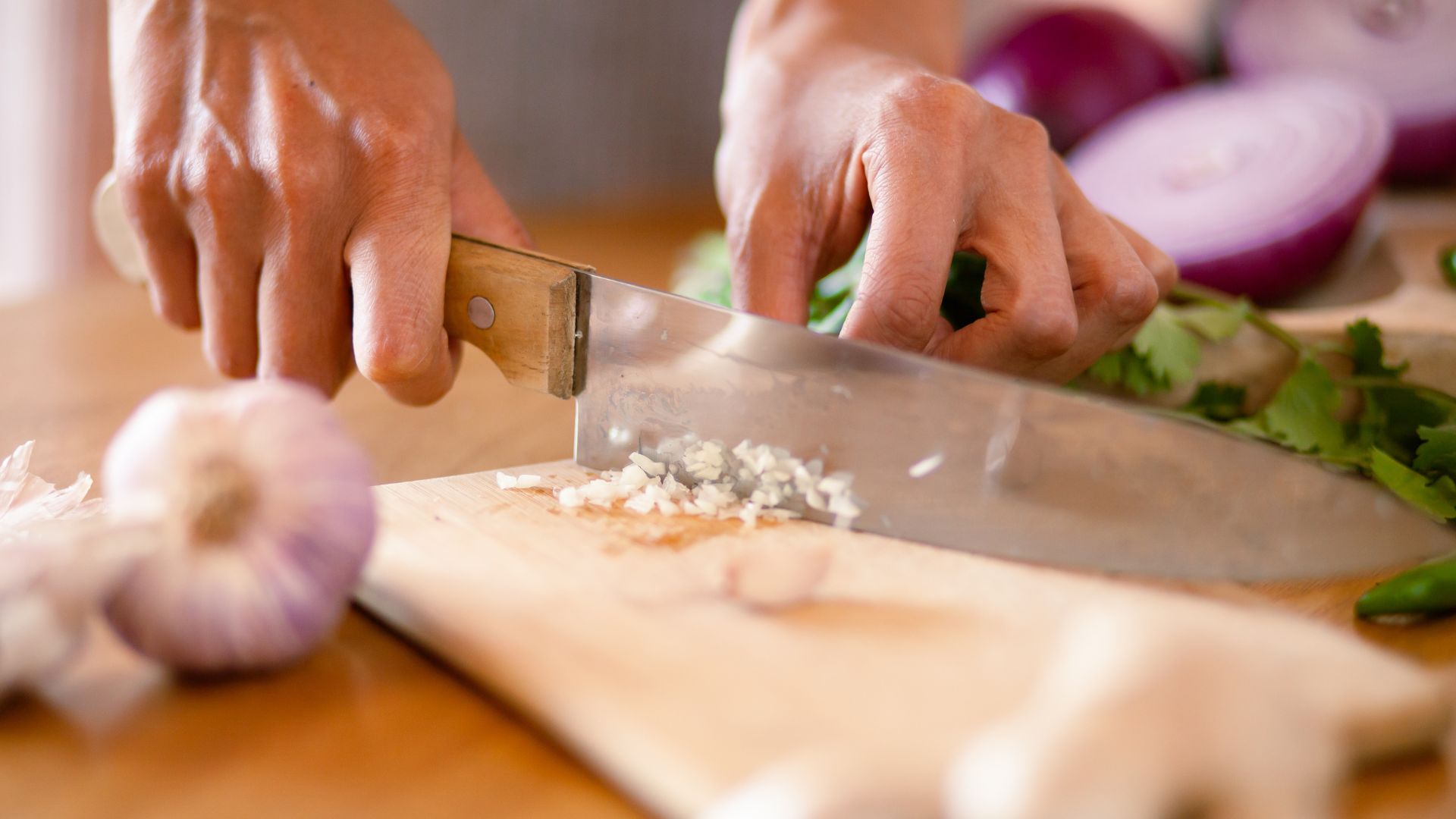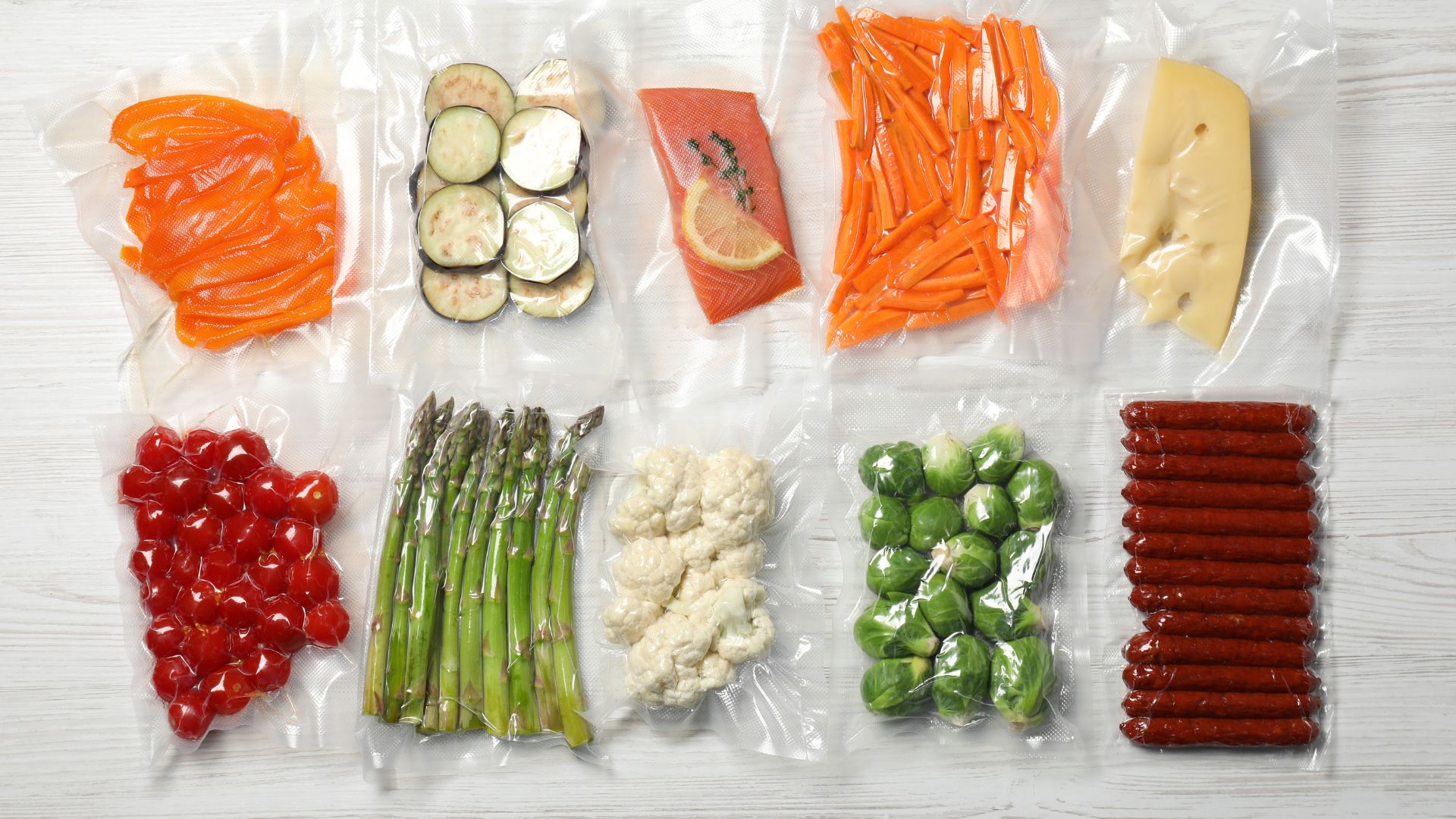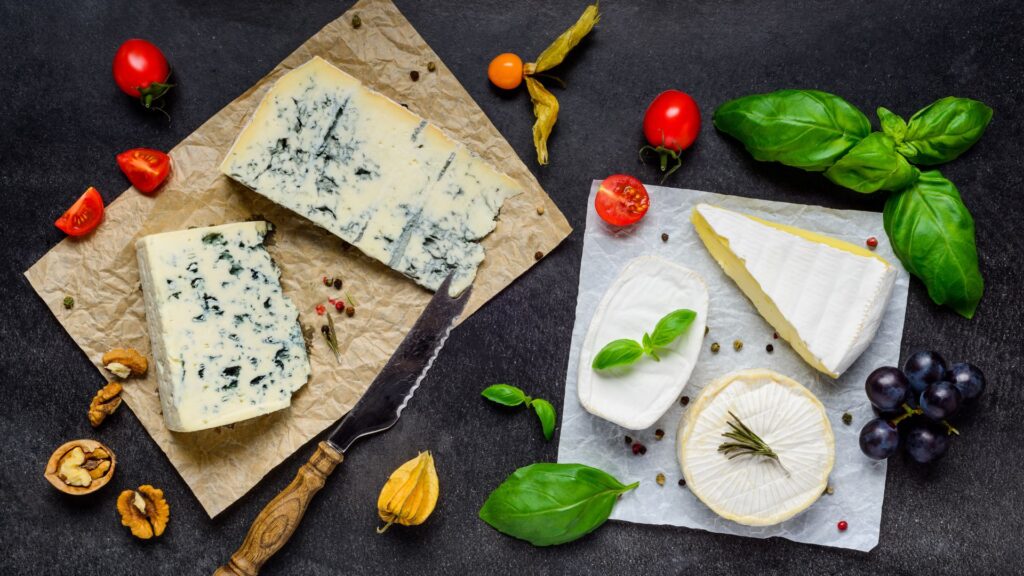If you’ve just got yourself a vacuum sealer or you’re thinking of buying one, it pays to understand exactly what foods you can use it for to store and preserve and those you can’t.
Vacuum sealing is a great way to prevent food wastage and extend the shelf life of everything from raw vegetables to meat products. But certain foods shouldn’t be vacuum sealed, either because it’s not safe to do so or because it can lead to faster spoilage.
So, before you get preserving, here are the types of food you should avoid vacuum sealing.
Why Some Foods Are Unsafe to Vacuum Seal
Vacuum sealing sucks the air from around foods to keep them fresher for longer and prevent freezer burn. However, with some foods, this lack of air can allow anaerobic bacteria to thrive and cause foodborne illness.
In addition to this, many different vegetables and fruits continue to ripen until consumed. This means that when they are vacuum sealed, the gases can cause the bag to swell and potentially rupture.
Another factor to consider is that some foods, particularly herbs, can lose some of their colour and flavour when vacuum sealed. However, you can take steps to help prevent their deterioration.
List of Foods That Shouldn’t Be Vacuum Sealed
Some foods should never be vacuum sealed. Here’s why. (Read on below to find out the best way to store these foods or make them safe for vacuum sealing.)
- Raw mushrooms. Don’t store fresh mushrooms in a vacuum-sealed bag as they contain high amounts of moisture, increasing the risk of bacterial growth and mould and shortening shelf life.
- Garlic and onions. Raw onions and raw garlic deteriorate faster when vacuum sealed due to the gases they emit. The low-oxygen environment can also allow bacteria to grow, which becomes a food poisoning risk.
- Soft cheeses. Semi-soft and soft cheeses like blue cheese, camembert, brie and feta host anaerobic bacteria, which thrive in low-oxygen conditions. Therefore, they cannot be safely vacuum sealed.
- Raw bananas. Fresh bananas emit ethylene gas which can accelerate ripening, leading to quicker spoilage when sealed without airflow.
- Uncooked cruciferous vegetables. Cruciferous vegetables such as cabbage, cauliflower, kale and broccoli release gases as they ripen. These gases can cause a vacuum-sealed pouch to expand and burst, so you should take precautions before vacuum sealing.

- Raw green beans. These fresh vegetables emit natural gases that can cause spoilage and potentially lead to botulism when stored without oxygen in a vacuum-sealed pouch or bag.
- Hot or warm foods. Vacuum sealing hot or warm food creates condensation which can promote bacterial growth. The steam can also cause the sealing process to fail, and the heat can cause the water content in cooked food to evaporate, resulting in dry, flavourless food.
- Rice. Vacuum sealing is a great way to extend the shelf life of uncooked rice but once cooked, the high moisture content makes it an ideal breeding ground for nasty bacteria.
- Soft herbs. Before you seal herbs like parsley, mint, chives or basil, you should take precautions to preserve their flavour, texture and nutritional value.
Exceptions and How to Safely Store These Foods
You can still vacuum seal some of the foods listed above if you take some precautions first. For example, hot or warm foods should be refrigerated or left to reach room temperature, if safe to do so, before they are vacuum sealed to prevent bacterial growth and help them maintain their quality.
Food preservation methods for things you cannot vacuum seal
- Mushrooms. Store fresh mushrooms in a paper bag in your refrigerator or dry them in a food dehydrator for long-term storage.
- Soft cheese. To safely store soft cheeses, wrap them tightly in parchment paper and store them in an airtight container in the refrigerator.
- Onions and garlic. If you don’t want to cook your onions and garlic and cool them before sealing them, store raw produce in a dry, cool, well-ventilated spot where it can last for several weeks.

What you should cook before vacuum sealing
Many common vegetables emit gases as they ripen, which can make them spoil faster. However, the cooking process stops this from happening, so steaming or blanching some foods before vacuum sealing is recommended.
- Soft herbs. Vacuum seal herbs after blanching them to help them retain their flavour and texture. Alternatively, refrigerate in a jar of cold water or an airtight container in between paper towels to prevent them from wilting, drying out or going slimy.
- Cooked veg. Steamed vegetables or those that have been blanched for a few seconds in boiling water won’t continue to ripen. Therefore, lightly cooking things like green beans and vegetables in the Brassicaceae family will make them safe to vacuum seal. Vacuum sealing is a great idea to prevent freezer burn in these types of vegetables.
- Onions and garlic. You can vacuum seal cooked onions and garlic, but be sure to refrigerate or bring them down to room temperature first.
What you should freeze before vacuum sealing
Freezing food before vacuum sealing dramatically slows down ethylene gas production and prevents the growth of nasty bacteria that can make you sick. It also prevents soft foods like bread and fruits from being crushed during the sealing process. Once sealed and frozen, defrost in the refrigerator before use.
- Bananas and other fruits. Ethylene-producing fruits like apples, avocados, melons, mangoes, peaches, pears, and tomatoes are best peeled and frozen before vacuum sealing to help slow down gas production and keep them preserved for longer. Here are some more tips on How To Vacuum Seal Fruit.
- Rice. Store freshly cooked rice in an airtight container in the refrigerator and freeze portions before you vacuum seal them. This will help prevent foodborne illness and freezer burn which changes its texture.
Safe Vacuum Sealing Tips for Other Foods
By maintaining a clean workspace, you can safely vacuum seal many different types of foods for a longer shelf life. Wipe down counters and cutting boards before you begin, wash your hands and try to avoid touching the food. Use clean utensils like spoons or tongs instead.

Follow our advice above on when to freeze, cook or cool food before vacuum sealing and which foods to avoid sealing. And always label and date foods that you have stored to ensure you use them in the correct order.
Ready to Get Started with Vacuum Sealing?
Using Pac Food’s strong and premium-grade food sealer bags is a great way to ensure vacuum-sealed produce stays safe and fresh for longer.
Read our Vacuum Sealer Packaging Guide for more information on vacuum packaging. Visit our website to see our extensive range of vacuum sealers and bags, and have them sent to your home quickly with our fast and reliable delivery service. Alternatively, call us on 1800 823 200 to speak to our friendly team about your requirements.
Frequently Asked Questions
What foods should you not vacuum seal?
While most foods can be safely vacuum sealed, things like broccoli, garlic, and onion are not suitable for vacuum sealing unless you cook them first.
What should you not vacuum pack?
Raw mushrooms should never be vacuum-packed because their high moisture content can cause bacteria to grow, resulting in food poisoning.
What are the disadvantages of vacuum sealing food?
While many foods are safe to vacuum seal, one of the disadvantages is that food can still spoil if you don’t take the correct precautions.
Which vegetables cannot be vacuum sealed?
Once blanched or cooked, most vegetables are safe to vacuum seal and store in the fridge or freezer. See above to learn more about how to correctly prepare different types of vegetables for vacuum sealing.

